Beauty Meets Function
Beautiful flowers and dramatic foliage may feed the soul, but when times are tough, we need plants that also feed our bodies. Ornamental edibles including herbs, salad greens and some flowers are as lovely to look at as they are to eat. Available in an artist’s palette of color, size and textures, these plants are moving out of the kitchen garden into attractive containers and multipurpose gardens.
Like a Box of Crayons
The selection of colors is comparable to opening a box of crayons: red, purple, yellow and every possible shade of green. The boldest, brightest color mix can be found in “Rainbow Mix Swiss Chard”, a hardy biennial with multicolored stems and large green leaves. And the wine-red leaves, bulb and even roots of the heirloom “Bull’s Blood Beets” provide incredible contrast in the garden and the salad bowl.
Lettuce and salad greens, best grown in cooler temperatures during the early spring and fall, also provide plenty of color. They grow quickly in rich, moist soil and can be continually harvested. They grow well in combination with other plants, providing beauty early as leafy fillers, while their warmer growing companions are still small.
Spice Up the Landscape
Another specialty green that can tolerate warmer temperatures is mustard, a hardy annual with edible leaves that can be used in salads and ethnic cooking. “Red Giant Mustard” is beautiful with swirls of large burgundy leaves when full grown. Mustard, chard and kale have large, striking foliage that’s dramatic in mass plantings.
An amazing heirloom is ‘Lacinato Blue’, better known as “dinosaur kale” thanks to its bumpy, deep blue-green lacelike leaves. It grows 2-3 feet tall, is extremely winter hardy and actually becomes sweeter after a frost.
Herbs are my favorite edible plants because of their amazing fragrances, varied colorful foliage and unlimited uses. Color, texture, form herbs have it all. And they’re compact, so they grow well in containers and small gardens. The shiny purple foliage of ‘Dark Opal’ basil is the perfect contrast to green basil, with edible foliage and flowers. I love the smoky effect of bronze fennel mixed in the garden, as it fills and softens the brightness of the summer garden. Dill also has soft, feathery foliage and large umbel flowers that add an architectural element to the garden. The small, curled, chartreuse leaves of ‘Gold Tip’ marjoram brighten the garden edge or add color to a mixed container. The lovely little daisy flowers of chamomile, with lacy foliage and delicate scent, are as pleasing in the garden as they are in a cup of tea. A bright green border of curly parsley creates a textured frame to set off the surrounding plants.
Rosemary, sage and thyme are perfect culinary plants that bring out the flavor of other foods when used in cooking, and they grow exceptionally well in containers: Nothing compares to the joy of cutting fresh herbs from a pot by the kitchen door.
Adding Some Structure
The bright colors of purple and gold sage act as fillers and thrillers in a cool-season combo with violas and chives. A balcony herb garden can be grown in a window box attached to a railing fill it with color-coordinated plants to create gold, silver and purple displays. Based on a 17th century garden parterre, a living checkerboard can be grown as a focal point by planting compact herbs in patterned boxes on the ground or as an unusual tabletop. Rosemary, thyme and chamomile work well because they respond well to trimming.
Plants that respond to shaping are also good candidates for topiary, forming small trees, wreaths or globes. Consider planting a growing salad bowl filled with lettuce, cherry tomatoes, basil and coriander, a portable feast that can be moved from sun to shade in varied weather.
Going Back to Our Roots
The concept of incorporating herbs and vegetables in the garden are not new. I am suggesting a change of emphasis toward continual plantings of edibles which fill multiple needs versus the frenzy of planting ornamental annuals each spring. I am not suggesting this as a replacement but instead as a source of additional plant sales. We must educate and inspire our customers if we want them to continue purchasing our products. It is time to remember our origins as vegetable farmers and feed the people.


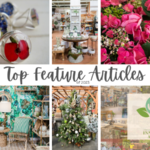


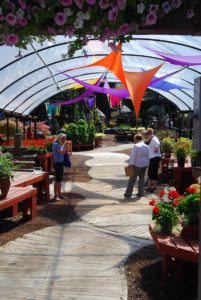
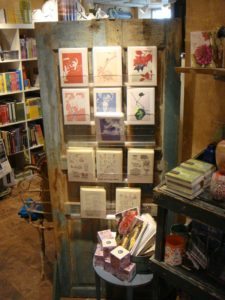
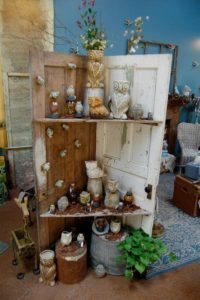


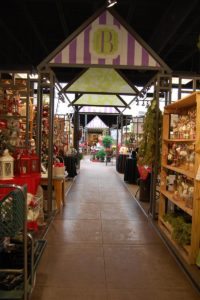

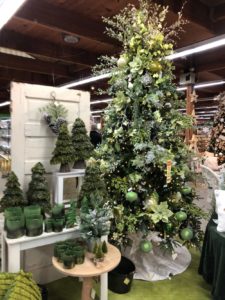

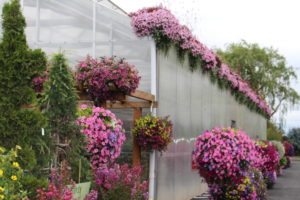
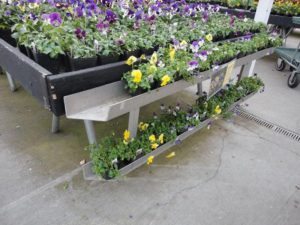
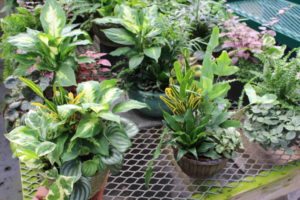
 Videos
Videos





